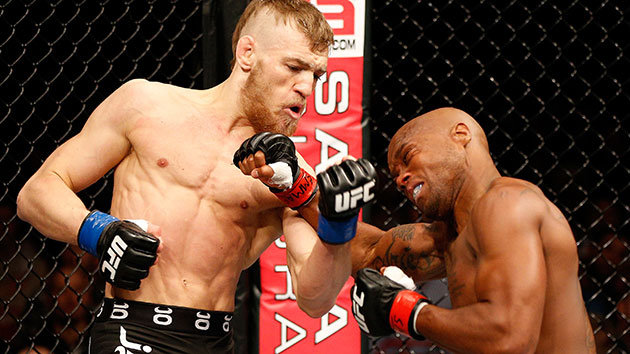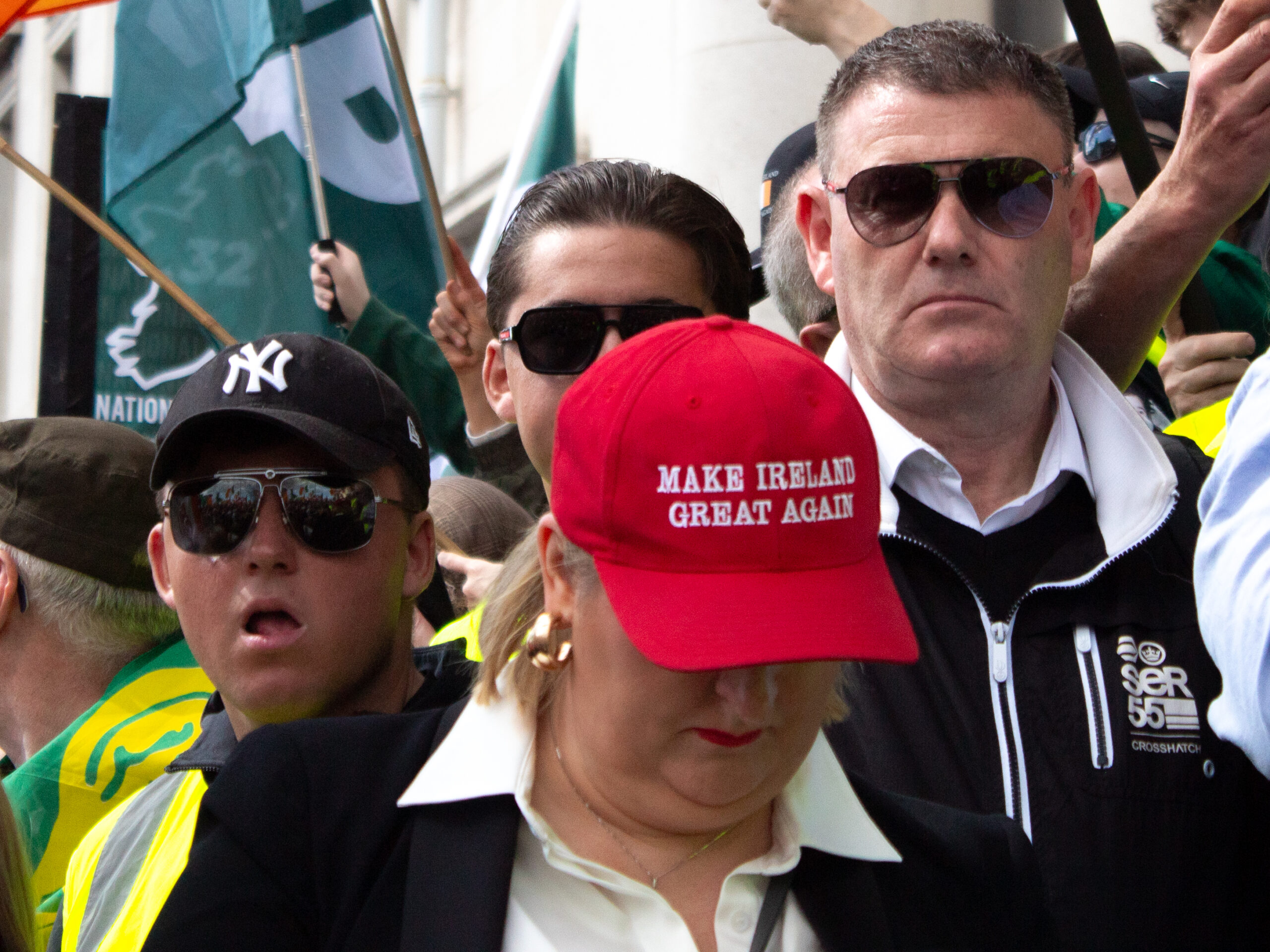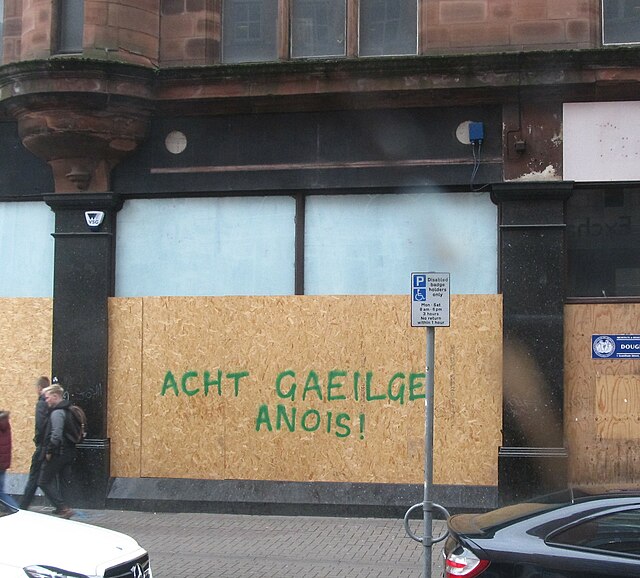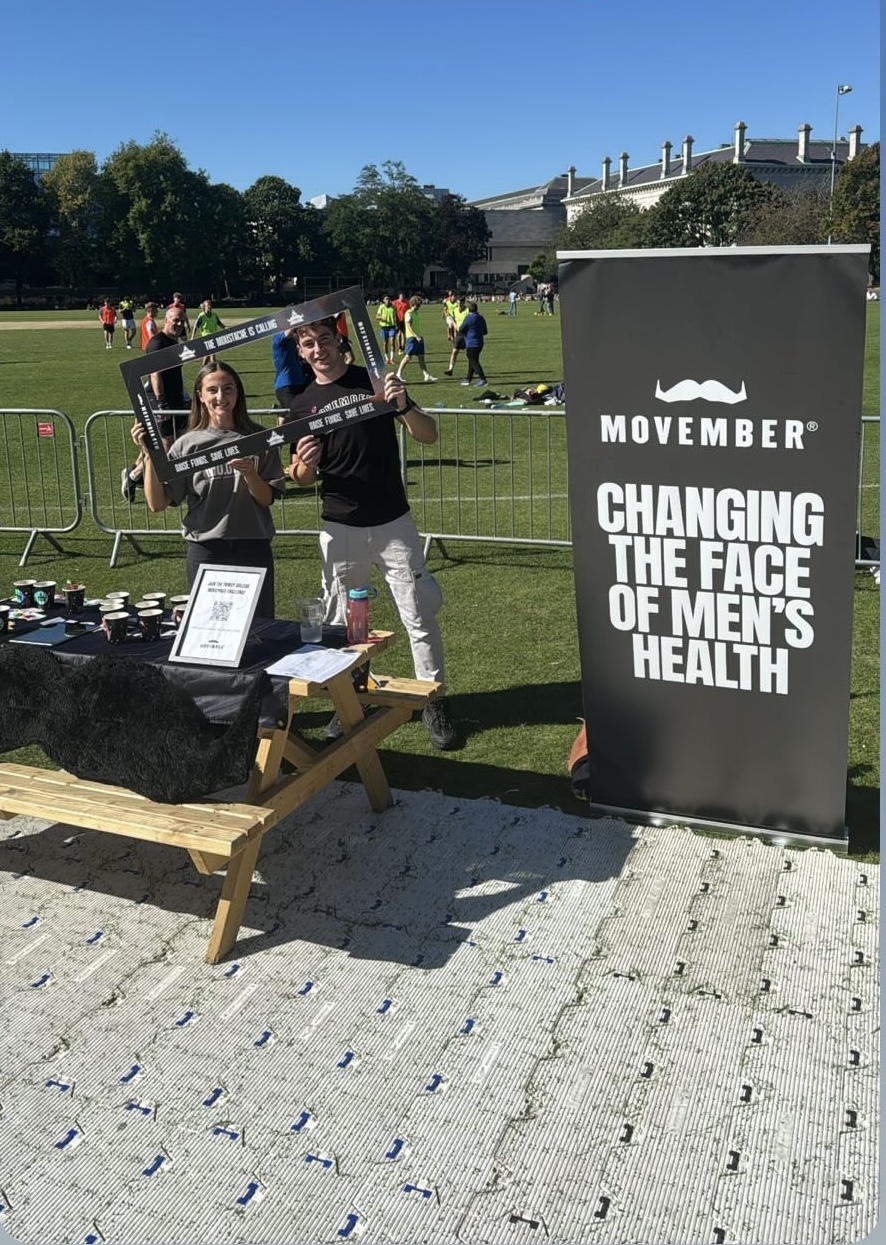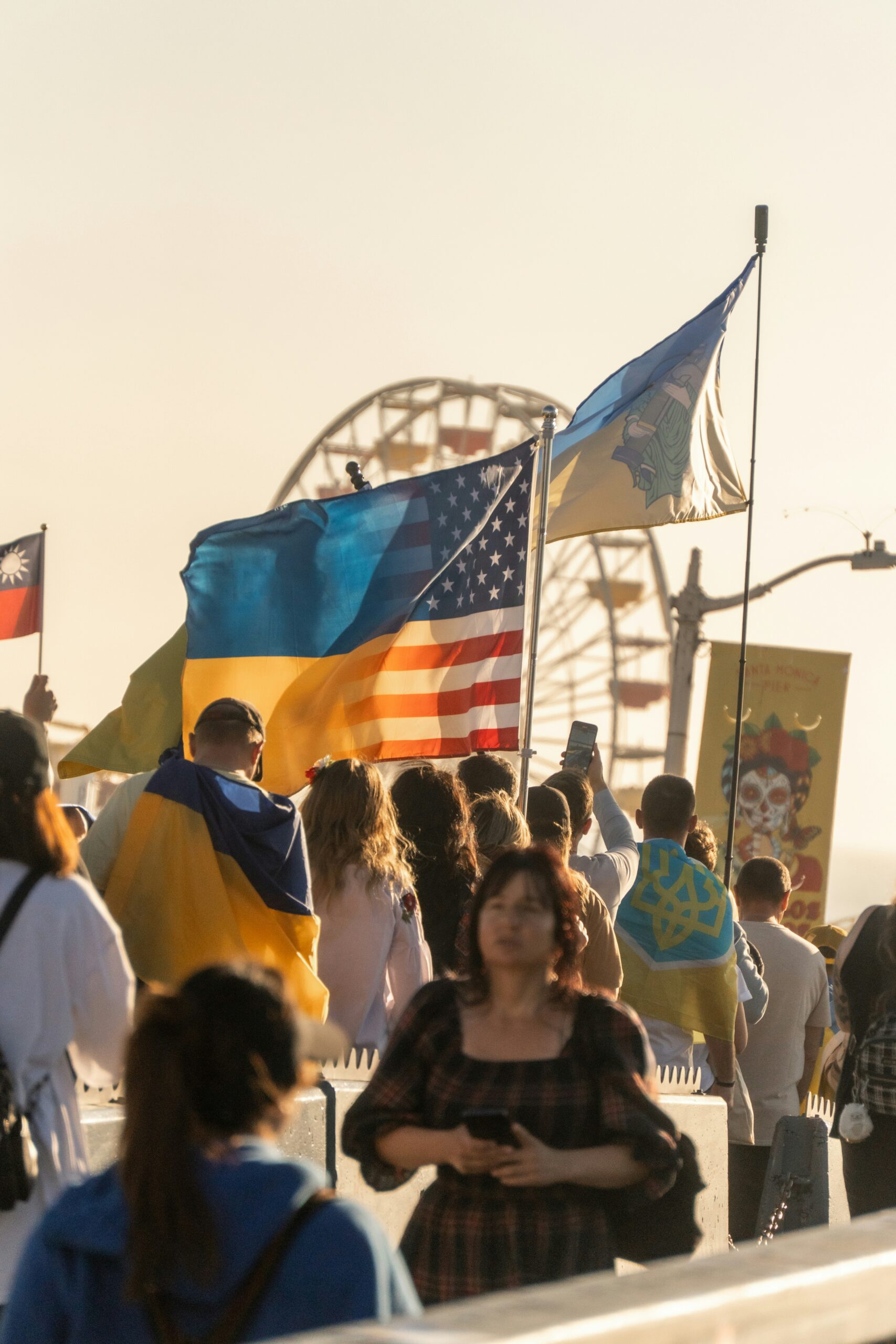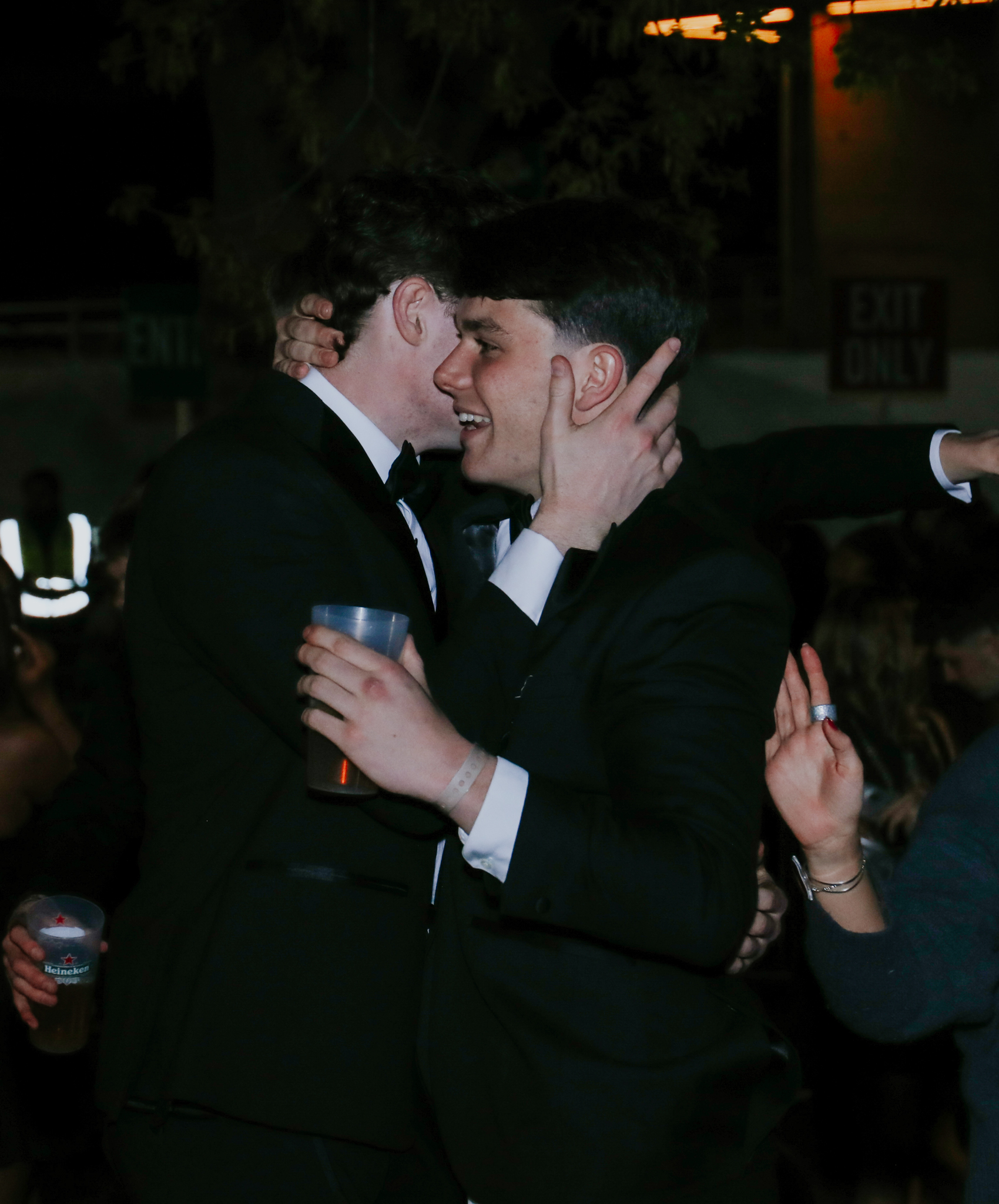Conor Califf | Contributing Writer
I remember the exact moment I discovered mixed martial arts (MMA). I was fifteen years old and was staying over in my cousin’s house. He possessed a cable TV package which included the relatively obscure British channel Bravo, which has since been shut down. Mindlessly searching through late night TV I stumbled upon a re-run of something called the Ultimate Fighting Championship (UFC). What I was watching was what has become commonly known as “cage fighting” around the world. I was instantly enthralled and my initial thought was “I have to learn how to do that!”
For those who have never heard of or watched a mixed martial arts event a brief explanation and history of the sport is needed. MMA is a full-contact combat sport which pits two athletes against each other in a ring or a cage. Although mixed fighting events have a sporadic and varied history through the 1900’s, it was normalised in 1993 by the Gracie family in Brazil, to see which martial arts style would be the most effective in a real life combat situation. The Gracie’s, who were themselves legendary mixed martial artists, brought the UFC to America, where it has since flourished.
The original bouts were lawless affairs with very little rules. As the sport developed a unified code of rules was created and fighters began training in all styles of martial arts to try and gain the upper hand on their opponent. This hybrid training became mixed martial arts or MMA for short. The cage is used to prevent the competitors from falling out and injuring themselves, which makes it preferable to a boxing ring for contests. The purpose of the fight is to defeat your opponent by using a variety of Striking (boxing, kickboxing and karate) and grappling (Brazilian jiu-jitsu, wrestling and judo) techniques by either knocking them out or submitting them. If a knockout or submission does not occur three independent judges will decide who the winner was using a similar points scoring system to boxing. There are currently eight different weight classes under the unified rules ranging from flyweight all the way up to heavyweight.
The sport itself has exploded in popularity globally. It has become the second most watched sport in the United States, after the NFL, and the second most watched sport in Brazil, after association football. Despite the massive expansion of MMA to many corners of the world, it is only recently the sport has begun to garner mainstream attention from the sports press in Europe. Asia and central America showed much interest and promise before Germany, France and the UK displayed a few stars. Ireland in particular has seen the popularity of MMA skyrocket with the rise of Dublin’s own Conor McGregor.

Conor McGregor is the second Irish fighter to compete in UFC, and is already the most successful.
McGregor fights in the featherweight and lightweight divisions, and trains in Straight Blast Gym Ireland, unanimously recognised as the top MMA gym in the country. Some would argue it is even the best MMA gym in Europe. The gym is located on Dublin’s Long Mile Road and is headed up by engineering graduate and Brazilian jiu-jitsu black-belt, John Kavanagh. Kavanagh has truly been the pioneer of the sport in Ireland with many of his fighters, such as Cathal Pendred and McGregor, winning European titles. Despite the gym’s success over the past couple of years, it was only in April of this year when McGregor became just the second Irishman to fight in the UFC. The sport been also been receiving more recognition by the mainstream media in Ireland. The Late Late Show had McGregor and Pendred on as guests and the Irish Times and Irish Independent have written extensively on McGregor’s exploits in the elite league of combat sports, the UFC.
McGregor has fought twice in the UFC, defeating Marcus Brimage, by technical knockout, and Max Holloway, by unanimous decision. In the process he has endeared himself to UFC fans worldwide with his exciting fighting style and charismatic personality, even if he has ended up in his fair amount of Twitter trouble recently. In a short space of time McGregor has shone a spotlight on the talent well that is the MMA scene in Ireland and he recognises himself that he is only the beginning of a wave of young Irish fighters who are coming through; “big things are coming and there are a lot of good guys behind me.” MMA gyms have sprung up all across the country. When I was sixteen and I began training there may have been eight people training on an average night in my local gym. It is now common to see upwards of thirty people training a night, a scenario which is being replicated all across the country. The rise of MMA in Ireland is an example of a subculture going mainstream but as McGregor himself stated, “it’s only the beginning.”
